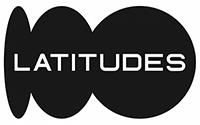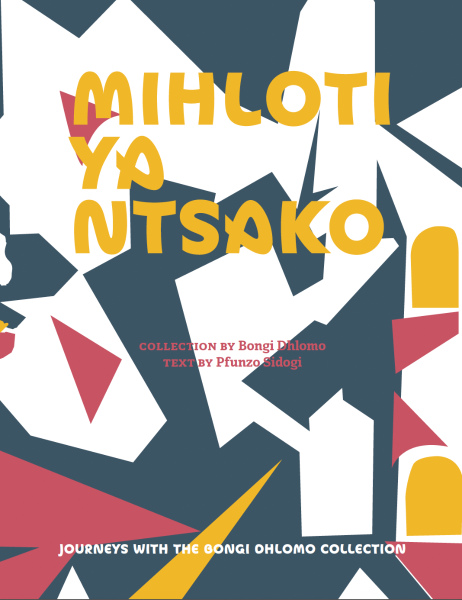Mihloti ya Ntsako
Store Review (0)PRESENTED BY : Latitudes Online
| Medium | Book, written by art historian Pfunzo Sidogi, published by the Javett Art Centre at the University of Pretoria (Javett-UP), in association with the Javett Foundation. |
|---|---|
| Year | 2022 |
Mihloti ya Ntsako chronicles the coming into being of the Bongi Dhlomo Collection, a unique compendium of 138 artworks produced in the previous century by both well-known and unheralded black South African artists. Overseen by Bongi Dhlomo, one of the most accomplished artists, curators and arts administrators of her generation, this remarkable collection was formed to provide aesthetic glimpses into the personal and collective experiences of black South Africans during the tumultuous twentieth century, and to facilitate meaningful dialogue between contemporary audiences and the country’s recent history.
Written by art historian Pfunzo Sidogi, this book situates the artworks in the Bongi Dhlomo Collection within the broader socio-political, economic and cultural currents of the twentieth century. His essay also explores the nature of the collaboration between the Javett Foundation, financiers and legal custodians of the collection, and Bongi Dhlomo, the de facto patron and collector of the artworks. In a valuable first-hand account, Dhlomo reflects on the significance and meaning of this rare intervention into private institutionalised art collecting in South Africa. With further essays by Thembinkosi Goniwe, Tumelo Mosaka and Mmutle Kgokong.
About Yakhal' Inkomo – Bongi Dhlomo Collection
The exhibition Yakhal’Inkomo and its programme explore how Black South African visual artists, musicians, poets, theatre makers, film-makers and writers forged acts of creative defiance during the most tumultuous times under apartheid (1960s to late 1990s). Working across media, artists not only recorded their pain and trauma, they redefined and celebrated their identity against the cultural imposition of the state. While the voices and actions of many of these artists were limited by censorship and suppression, their contributions were instrumental in keeping Black culture alive and resilient during the struggle years.
The book is award winning, having won the HSSAwards2023 Best Non-fiction Monograph book.
Please note, delivery charges will vary based on location.
Mihloti ya Ntsako chronicles the coming into being of the Bongi Dhlomo Collection, a unique compendium of 138 artworks produced in the previous century by both well-known and unheralded black South African artists. Overseen by Bongi Dhlomo, one of the most accomplished artists, curators and arts administrators of her generation, this remarkable collection was formed to provide aesthetic glimpses into the personal and collective experiences of black South Africans during the tumultuous twentieth century, and to facilitate meaningful dialogue between contemporary audiences and the country’s recent history.
Written by art historian Pfunzo Sidogi, this book situates the artworks in the Bongi Dhlomo Collection within the broader socio-political, economic and cultural currents of the twentieth century. His essay also explores the nature of the collaboration between the Javett Foundation, financiers and legal custodians of the collection, and Bongi Dhlomo, the de facto patron and collector of the artworks. In a valuable first-hand account, Dhlomo reflects on the significance and meaning of this rare intervention into private institutionalised art collecting in South Africa. With further essays by Thembinkosi Goniwe, Tumelo Mosaka and Mmutle Kgokong.
About Yakhal' Inkomo – Bongi Dhlomo Collection
The exhibition Yakhal’Inkomo and its programme explore how Black South African visual artists, musicians, poets, theatre makers, film-makers and writers forged acts of creative defiance during the most tumultuous times under apartheid (1960s to late 1990s). Working across media, artists not only recorded their pain and trauma, they redefined and celebrated their identity against the cultural imposition of the state. While the voices and actions of many of these artists were limited by censorship and suppression, their contributions were instrumental in keeping Black culture alive and resilient during the struggle years.







